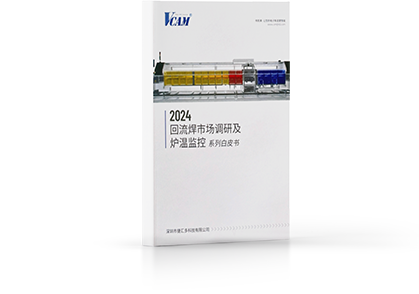Which industries are suitable for automatic solder paste dispenser?

The automatic solder paste dispenser device is mainly suitable for **electronic manufacturing industry** that requires high precision, high efficiency, high consistency and reduced waste, especially in the field involving surface mount technology (SMT). The following are some of the main applicable industries:
1. SMT electronic assembly industry (core application):
Consumer electronics: mass production of smartphones, tablets, laptops, TVs, game consoles, wearable devices, etc. Automatic adding reduces downtime and improves efficiency.
Communication equipment: routers, switches, base station equipment, optical modules, etc. High requirements for reliability and consistency.
Computers and servers: motherboards, graphics cards, memory bars, server motherboards, etc. High component density and strict requirements for printing accuracy.
Automotive electronics: engine control unit (ECU), infotainment system, sensor, ADAS system, etc. Requires extremely high reliability and quality consistency, and often involves small batch and multi-variety production, automatically adding reduces line change waste.
Industrial control and automation equipment: PLC, industrial computer, robot controller, instrumentation, etc. Usually involves small and medium batch and multi-variety production, automatic adding can be flexibly adapted.
Medical electronics: medical imaging equipment, monitors, diagnostic equipment, implantable devices, etc. The cleanliness, precision and reliability requirements are extremely high, and automatic addition reduces manual intervention and contamination risks.
Aerospace and defense electronics: avionics systems, radars, communications equipment, etc. The highest level of reliability and consistency is required, and production verification is strict, and reducing waste is important.
LED lighting: LED display modules, driver boards for LED lighting fixtures, etc. Especially large-size LED screens require uniform solder paste coverage.
2. Electronic Manufacturing Service Providers (EMS):
Factories that provide foundry services for all of the above industries. They serve many customers, have a wide range of products, and change lines frequently. Automatic solder paste addition devices are essential for them to reduce material waste (especially when changing lines), improve equipment utilization, reduce labor costs, and ensure consistent printing quality between different products.
3. Semiconductor packaging (partial applications):
Solder paste printing may also be used in some advanced packaging technologies (such as flip chip and wafer-level packaging). Automatic dosing devices are also suitable for these high-precision, high-value production environments to reduce expensive solder paste waste.
Why do these industries need automatic solder paste dosing devices?
Reduce waste: Significantly reduce the oxidation and hardening waste of solder paste in the printing gap (especially when changing lines and stopping), saving expensive material costs.
Improve yield and consistency: Ensure that the amount of solder paste on the steel screen of the printing machine is always in the best state, and reduce printing defects caused by insufficient solder paste or state changes (insufficient solder, missing prints, pull tips, etc.).
Improve equipment utilization rate: Reduce downtime caused by manual addition of solder paste and achieve longer continuous production.
Reduce labor costs and dependence: Automation replaces frequent manual addition operations, reducing manual intervention and potential operating errors.
Improve the working environment: Reduce the chance of manual contact with solder paste, and better meet industrial hygiene and ESD protection requirements.
Adapt to high-mix production: For production lines With frequent product switching, automatic addition can quickly adapt to the subtle requirements of different products for solder paste quantity and state, and reduce line change losses.
Improve precision requirements: With the miniaturization of electronic products (such as 0201, 01005 components), high density (fine pitch BGA, QFN) and the application of new solder pastes (such as low temperature solder paste), the control requirements for the solder paste printing process are getting higher and higher, and automatic addition is an important link to ensure stability.
In summary, the automatic solder paste adding device is an inevitable choice for the modern electronic manufacturing industry to pursue automation, intelligence, high quality, high efficiency and high cost-effectiveness. It is especially suitable for SMT production lines, covering a wide range of fields with high reliability requirements from consumer electronics to automobiles, medical, military and other industries. With the development of the electronics industry, its application scope is still expanding.

Professional thermal engineering monitoring solutions make temperature control simple and efficient
Contact us to let our solutions help you
































